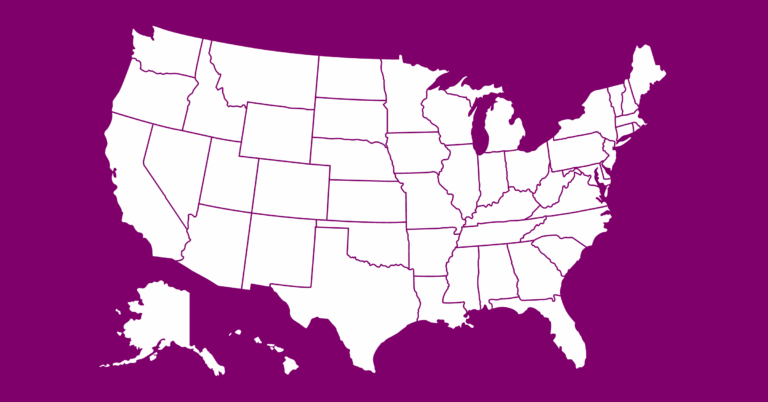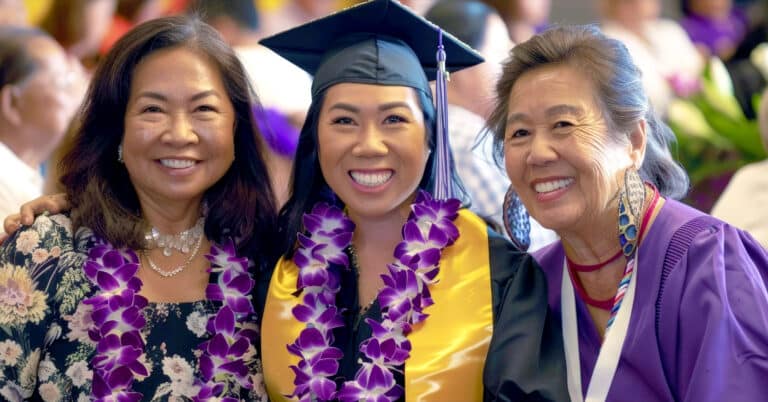By mastering the 12 foundational competencies, educators can build a solid foundation for continued growth. The competencies are a subset of those outlined in the Educator Competencies for Personalized, Learner-Centered Environments, created to empower a growing number of teachers to implement and scale up a transformation of their classrooms into places of personalized, student-centered learning. While Educator Competencies explores many areas, 12 competencies were flagged as foundational and ‘prerequisite’ to all others, including designing and implementing positive learning environments.
Positive learning environments
Design, strengthen and participate in positive learning environments that support individual and collaborative learning
Teachers who help shape positive learning environments:
- Contribute to professional learning environments that encourage reflection, innovation and shared accountability for student learning
- Foster safe and affirming student learning environments
- Engage peers and students if they demonstrate harmful biases about others
- Create opportunities for students to learn from peers, especially those from different backgrounds
- Recognize and respond to students who have experienced traumatic stress and provide them with the strategies to guide them through stressful situations
Schools must continually work to nurture the learning community they have built amongst their staff. Watch the principal of Amana Academy describes the mindsets and structures they use to foster innovation and shared accountability school-wide. This video includes footage of four different kinds of professional development: data-informed professional development, coaching, walkthroughs and learning walks.

A safe, welcoming and affirming classroom is the foundation that supports learning. This video features teachers and students from Flushing High School, which serves recent immigrants from many countries. Teachers discuss how they build relationships and create a safe and welcoming environment. A glimpse into this school shows the power classroom culture can have on student’s sense of self and belonging.
Learn more about this and other competencies, as well as how to transform classrooms into places of personalized, student-centered learning, by interacting with Educator Competencies for Personalized, Learner-Centered Environments.

